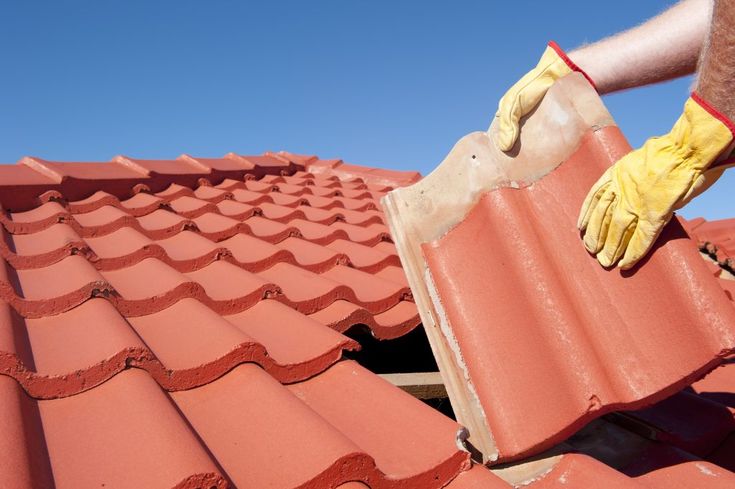You can use a power tool with a sharpening drill bit in order to sharpen your lawn mower blades. Just follow the existing angle of the blade and then remove metal until both sides are balanced and sharp.
Make sure the balance is in place prior to mounting the blade,since an unbalanced blade will strain your lawnmower engine. To test the balance,hang the blade on a nail through its center hole and check how it tilts towards one side.
Safety First
A mower blade that isn’t properly balanced could cause the mower to vibrate and could cause damage to its internal components. To prevent this from happening it is vital to balance and sharpen the blade after it’s been removed from the mower. Try out sharpening lawn mower blades.
A sharp blade cuts grass evenly and cleanly,which makes the lawn healthier. After you mow your lawn,check to determine if the edges are broken instead of being properly cut. Also,look over the mower blade for nicks or dents. These indicate that it’s time to sharpen it.
The majority of lawn mower blades are secured by a bolt,which is difficult to remove without damaging the mower. To make the process less difficult put a 2×4 wedge between the mower and the blade to block it. Then,hold it steady while you loosen the bolt with a socket or ratchet. Mark the bolt and blade with spray paint or an permanent marker to help you remember which way you should reinstall them.
Check the Balance
When you remove the blade to sharpen,it’s a good idea to check it for balance. A properly balanced blade will keep the mower in good shape and also protects the motor. It reduces time. To achieve this,you need to chuck the blade into a balancer and note which end is heavier. When you install the blade,be sure to keep that heavier end in mind while tightening the bolt with a Ratchet.
The majority of mower blades are secured by a single bolt,nuts or wing nuts. It is difficult to loosen these bolts without the blade which is why it is advisable to put some wood (such a 2×4) in between the blade and deck to keep the blade still while you loosen them using your ratchet or wrench. When you’re working,make sure to quench the blade on a regular basis to prevent overheating. Do this by dropping it in a bucket of water and allow it to cool. A blade that has been properly cooled will have a dark edge,that is as sharp as a knife.
Examine the Blade
The blades of lawnmowers are the most important component and must be maintained in good condition. If they are bent or dull the cuts created by the mower are not as clean. A dull blade can pull grass instead of cutting,leaving it slack and susceptible for disease.
It is a smart idea to examine your blades regularly and also to have a spare set available in the event of a need. It is also important to know how to take off the old blades with safety and properly sharpen them yourself,if needed.
The blades must be replaced if they’ve got large dents,or are bent in a noticeable manner. If the blade is damaged it is likely to break during mowing and send metal debris flying through the air,potentially injuring anyone or damaging the siding of a home.
Sharpen the Blade
It is important to keep the blade sharp to ensure your lawn looks beautiful and your mower is working properly. A dull blade tears grass instead of cutting it neatly,which leads to uneven lawns which can lead to diseases and fungus. Based on how often you use your mower,you should make sure you sharpen it every 25 hours after every use.
Sharpen the blade of lawnmowers by hand using a file,or mechanically with the bench grinder or angle grinder. Wear safety gear such as heavy protective eyewear and gloves in either case. Sharpening a knife could cause sparks and metal shards to be released into your eyes and onto your skin.
You can loosen the bolt on your lawnmowers that holds the blade by turning it over and placing a scrap piece of wood,such as a 2×4 in between the handle and bolt. This will stop the mower from spinning as you loosen the bolt.


